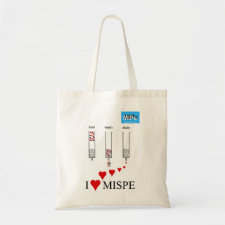
Authors: Scriba GKE
Article Title: Chiral recognition in separation science - an update.
Publication date: 2016
Journal: Journal of Chromatography A
Volume: 1467
Page numbers: 56-78.
DOI: 10.1016/j.chroma.2016.05.061
Alternative URL: http://www.sciencedirect.com/science/article/pii/S0021967316306689
Abstract: Stereospecific recognition of chiral molecules is an important issue in various aspects of life sciences and chemistry including analytical separation sciences. The basis of analytical enantioseparations is the formation of transient diastereomeric complexes driven by hydrogen bonds or ionic, ion-dipole, dipole-dipole, van der Waals as well as π-π interactions. Recently, halogen bonding was also described to contribute to selector-selectand complexation. Besides structure-separation relationships, spectroscopic techniques, especially NMR spectroscopy, as well as X-ray crystallography have contributed to the understanding of the structure of the diastereomeric complexes. Molecular modeling has provided the tool for the visualization of the structures. The present review highlights recent contributions to the understanding of the binding mechanism between chiral selectors and selectands in analytical enantioseparations dating between 2012 and early 2016 including polysaccharide derivatives, cyclodextrins, cyclofructans, macrocyclic glycopeptides, proteins, brush-type selectors, ion-exchangers, polymers, crown ethers, ligand-exchangers, molecular micelles, ionic liquids, metal-organic frameworks and nucleotide-derived selectors. A systematic compilation of all published literature on the various chiral selectors has not been attempted
Template and target information: Review - chiral separation
Author keywords: enantiomer separation, chiral selector, chiral recognition mechanism, Complex formation



Join the Society for Molecular Imprinting

New items RSS feed
Sign-up for e-mail updates:
Choose between receiving an occasional newsletter or more frequent e-mail alerts.
Click here to go to the sign-up page.
Is your name elemental or peptidic? Enter your name and find out by clicking either of the buttons below!
Other products you may like:
 MIPdatabase
MIPdatabase









